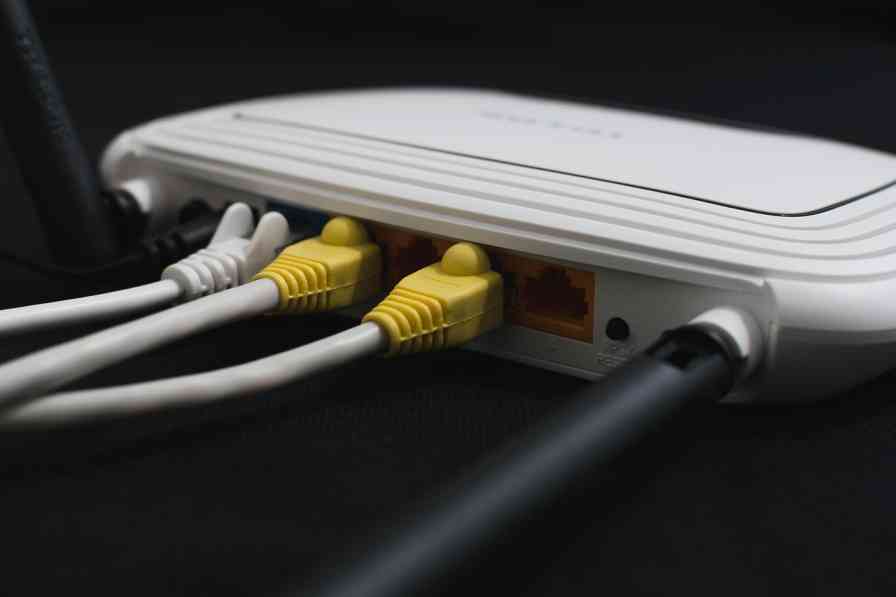A reliable Wi-Fi connection is no longer confined to indoor spaces. From backyard barbecues to remote work on the patio, outdoor connectivity has become essential. However, walls, distance, and interference often leave backyard Wi-Fi signals weak or nonexistent. This guide dives deep into practical, professional solutions to extend your Wi-Fi range, ensuring robust coverage for every corner of your outdoor space.
1. Assess Your Current Wi-Fi Strength
Why It Matters: Before investing in hardware, diagnose your existing network’s limitations. A weak signal could stem from router placement, physical obstructions, or outdated equipment.
Step-by-Step Evaluation:
- Use Wi-Fi Analyzer Tools: Apps like NetSpot (desktop) or Wi-Fi Analyzer (Android) generate heatmaps to visualize signal strength. Walk around your backyard while monitoring the app to pinpoint dead zones.
- Check Device Connectivity: Test speeds using tools like Speedtest.net in different backyard areas. Note locations with speeds below 25 Mbps, as this may hinder streaming or video calls.
- Identify Obstructions: Thick walls, metal siding, trees, and large appliances (e.g., refrigerators) can block or absorb Wi-Fi signals.
Pro Tip: For a quick assessment, use your smartphone’s signal bars. If the connection drops to one bar or less, you’ll need a range-boosting solution.

2. Optimize Router Placement for Maximum Coverage
The Science Behind It: Wi-Fi signals radiate outward from your router, weakening as they encounter obstacles. Strategic placement minimizes interference and extends reach.
Best Practices:
- Centralize and Elevate: Position the router in a central indoor location near a window facing the backyard. Elevate it on a shelf or wall mount to avoid floor-level obstructions.
- Avoid Signal Killers: Keep the router away from thick concrete walls, fish tanks, microwaves, and Bluetooth devices, which can disrupt 2.4 GHz signals.
- Antenna Adjustment: If your router has adjustable antennas, angle one vertically and another horizontally to broaden coverage.
Limitations: Even optimal placement may fail to cover large yards (over 50 feet). For expansive spaces, combine placement tweaks with hardware upgrades.
3. Wi-Fi Extenders: Affordable but Limited
How They Work: Extenders (or repeaters) capture your router’s signal and rebroadcast it, effectively doubling the coverage area.
Installation Guide:
- Place the extender halfway between your router and the backyard (e.g., in a hallway or near a back door).
- Use the extender’s app or web interface to sync it with your router.
- Connect devices to the extender’s network (often labeled “YourNetworkName_EXT”).
Pros:
- Budget-friendly (prices start at $30).
- Easy setup for non-tech users.
Cons:
- Speed Loss: Extenders split bandwidth, reducing speeds by up to 50%.
- Dual-Band Advantage: Opt for a dual-band extender (e.g., TP-Link RE650). Use the 2.4 GHz band for broader coverage and 5 GHz for high-speed tasks near the extender.
Best For: Small to medium yards (up to 1,500 sq. ft.) where moderate speeds suffice.
4. Mesh Networks: The Gold Standard for Large Spaces
How They Work: Mesh systems use multiple “nodes” that communicate wirelessly to create a unified network. Unlike extenders, nodes intelligently route traffic to maintain speed and stability.
Setup Tips:
- Primary Node: Connect one node to your modem/router.
- Satellite Nodes: Place additional nodes in areas with weak signals (e.g., near back doors or sunrooms). For backyard coverage, position a node close to an exterior wall.
- Outdoor Nodes: Some systems, like the Amazon Eero Pro 6E, offer weather-resistant nodes for patio mounting.
Advantages:
- Seamless Roaming: Devices automatically switch to the strongest node as you move.
- Scalability: Add nodes to cover pools, gardens, or detached garages.
Top Picks:
- Google Nest Wi-Fi: User-friendly app, strong performance for medium yards.
- Netgear Orbi RBK852: Tri-band speeds up to 6 Gbps, ideal for 5,000+ sq. ft. properties.
Ideal For: Large, multi-level homes or yards with complex layouts.
5. Outdoor Wi-Fi Access Points: Dedicated Power for Backyards
What They Are: Weatherproof devices designed to broadcast Wi-Fi outdoors. They connect to your router via Ethernet or Powerline adapters.
Installation Steps:
- Hardwired Connection: Run an Ethernet cable from your router to the backyard (drilling through walls if necessary). For a cleaner setup, use a Power over Ethernet (PoE) injector to send data and power through one cable.
- Mounting: Install the access point (AP) under a roof eave or on a pole, ensuring it faces high-traffic areas (e.g., patio, pool).
- Configuration: Use the AP’s app to create a dedicated outdoor network (e.g., “Home_Outdoor”).
Top Models:
- Ubiquiti UniFi AC Mesh: Enterprise-grade performance with a 600-foot range.
- TP-Link EAP225-Outdoor: Budget-friendly, easy to install, and IP65-rated for rain resistance.
Best For: Users needing 4K streaming, smart security cameras, or permanent outdoor coverage.
6. Directional Antennas: Precision Coverage
How They Work: These antennas focus Wi-Fi energy in a single direction, like a spotlight, rather than broadcasting in all directions.
Installation Guide:
- Purchase a high-gain directional antenna (e.g., Alfa Network APA-M25).
- Replace your router’s stock antennas (if detachable).
- Point the antenna toward the backyard, adjusting angles for optimal signal.
Use Cases:
- Targeting a detached garage or garden office.
- Overcoming interference from neighboring Wi-Fi networks.
Caveats: Requires basic technical skills and compatibility with your router’s antenna ports.

7. Powerline Adapters: Leverage Electrical Wiring
How They Work: Powerline adapters transmit data through your home’s electrical circuits, bypassing Wi-Fi entirely.
Setup Process:
- Plug one adapter into an outlet near your router and connect it via Ethernet.
- Plug a second adapter into an outdoor-rated outlet near the backyard.
- Connect the outdoor adapter to an access point or Wi-Fi extender.
Performance Factors:
- Older homes with aluminum wiring may experience slower speeds.
- Avoid plugging adapters into surge protectors, which can degrade signal quality.
Best For: Temporary setups or homes with thick walls that block Wi-Fi.
8. Reduce Interference and Optimize Settings
Common Culprits:
- 2.4 GHz Congestion: Baby monitors, cordless phones, and neighboring Wi-Fi networks crowd this band.
- Physical Barriers: Concrete, brick, and metal siding attenuate signals.
Solutions:
- Switch to 5 GHz: Less congestion but shorter range. Pair with a mesh system for coverage.
- Change Wi-Fi Channels: Use your router’s admin panel (e.g., 192.168.1.1) to switch to channels 1, 6, or 11 (least crowded in 2.4 GHz).
- Upgrade to Wi-Fi 6: Modern routers (e.g., ASUS RT-AX86U) handle multiple devices efficiently, reducing latency.
9. Secure Your Extended Network
Risks of Outdoor Wi-Fi:
- Unauthorized access from neighbors or passersby.
- Vulnerabilities in older smart devices (e.g., security cameras).
Protection Strategies:
- Enable WPA3 Encryption: The latest security protocol, available on newer routers.
- Create a Guest Network: Isolate smart TVs, speakers, and IoT devices from your primary network.
- Disable WPS: Wi-Fi Protected Setup (WPS) is prone to brute-force attacks.
Conclusion
Extending Wi-Fi to your backyard requires a mix of strategic planning and the right hardware. For small spaces, start with a Wi-Fi extender or router optimization. Larger properties benefit from mesh networks or outdoor access points, while tech-savvy users might opt for directional antennas. Prioritize security with WPA3 and guest networks to protect your data. With these solutions, you’ll transform your backyard into a connected oasis—perfect for work, play, and everything in between.






